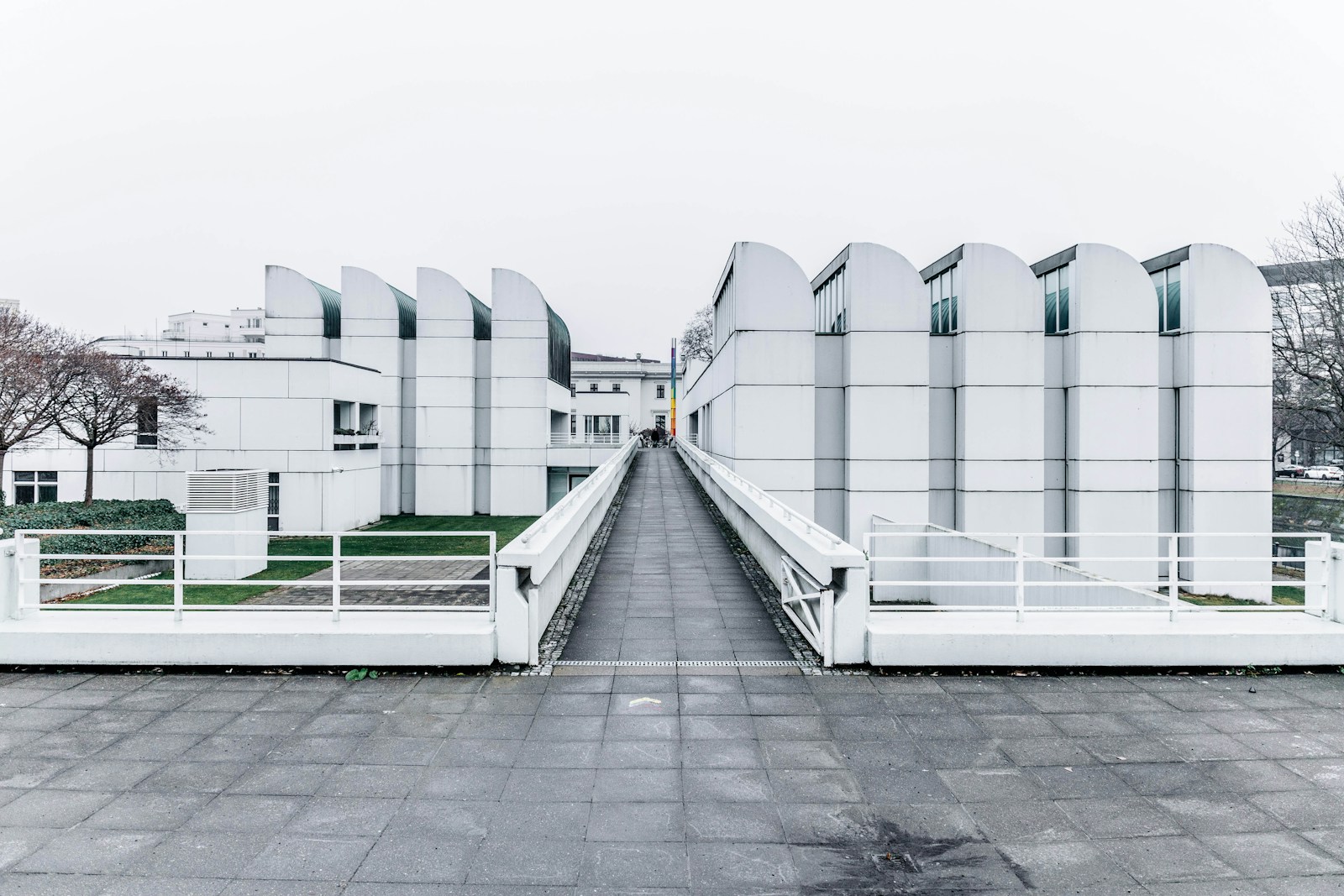The Bauhaus movement, founded in 1919 by Walter Gropius in Weimar, Germany, revolutionized the world of design, architecture, and art. Though it was relatively short-lived, ending in 1933 due to pressure from the Nazi regime, its influence on modern architecture endures to this day. The Bauhaus’s principles—focused on functionality, simplicity, and the integration of technology with craftsmanship—laid the groundwork for much of the architecture we see in urban landscapes worldwide.
The Bauhaus Philosophy
The Bauhaus school sought to bring together various forms of art, including architecture, under one cohesive vision. Its philosophy was that “form follows function,” meaning that a building’s design should primarily serve its purpose, free from unnecessary ornamentation. This belief was radical at the time, standing in stark contrast to the elaborate, highly decorative styles of the 19th century.
Bauhaus architects emphasized clean lines, open spaces, and the use of industrial materials like steel, concrete, and glass. These elements were employed to serve practical needs while also creating a sense of openness and lightness in architectural structures. Bauhaus was a proponent of uniting art and technology, which meant embracing mass production and standardized materials, allowing good design to be accessible to more people, not just the elite.
Core Principles that Shape Modern Architecture
The Bauhaus’s influence on modern architecture can be traced back to several key principles that continue to shape the built environment today:
- Simplicity and Functionality: Bauhaus architects rejected decorative elements in favor of clean, simple designs that prioritize functionality. This approach is evident in modern architecture’s focus on minimalism, where buildings are designed to serve a purpose efficiently without the distraction of excessive ornamentation. This design language is commonly seen in corporate buildings, modern homes, and public institutions.
- Open Spaces and Flow: The Bauhaus philosophy also introduced the idea of open floor plans, removing the clutter of unnecessary walls to create fluid, adaptable spaces. This has become a hallmark of modern residential and office design, where open spaces allow for flexible use and movement, encouraging interaction and collaboration in both homes and workplaces.
- Integration of Industrial Materials: Modern architecture’s extensive use of glass, steel, and concrete owes a significant debt to the Bauhaus. These materials were embraced not only for their durability but also for their sleek, modern aesthetic. The minimalist use of industrial materials can be seen in skyscrapers, with glass facades and steel frames that embody Bauhaus ideals of functionality and aesthetic simplicity.
- Prefabrication and Mass Production: Bauhaus architects believed in the power of modern technology to democratize design, making good architecture available to the masses. They championed prefabrication, standardization, and modular construction techniques, which are widely used in today’s architecture. These methods allow for faster, more cost-effective building while still maintaining quality and design integrity.
Notable Bauhaus-Inspired Architects
Several architects who were directly influenced by the Bauhaus school carried its principles into modern architecture. Ludwig Mies van der Rohe, for example, became a leading figure in modernist architecture after his time with the Bauhaus. His “less is more” philosophy reflects the school’s minimalist approach. Iconic buildings like the Seagram Building in New York and the Barcelona Pavilion are prime examples of Bauhaus-inspired simplicity and elegance.
Walter Gropius himself contributed to modern architecture with buildings like the Bauhaus Dessau, which still stands as a symbol of the movement. After emigrating to the United States, Gropius continued to influence architectural thought, particularly at Harvard, where his teachings helped spread Bauhaus ideals to future generations of architects.
Marcel Breuer, another Bauhaus alumnus, became known for his work in furniture design as well as architecture. His use of concrete in works such as the Whitney Museum of American Art (now the Met Breuer) highlights the Bauhaus emphasis on innovative materials and techniques in modern design.
The Bauhaus in Contemporary Architecture
Today, the principles of the Bauhaus can be found in countless modern structures, from minimalist homes to towering office buildings. Many contemporary architects draw on the Bauhaus’s emphasis on simple forms, open spaces, and functional design.
The rise of sustainable architecture also finds a natural ally in Bauhaus thinking. The movement’s focus on efficiency, minimal waste, and the practical use of materials resonates with today’s eco-conscious architects who seek to create sustainable, energy-efficient buildings. The Bauhaus’s approach to function-driven design aligns with the goals of reducing environmental impact through smart, intentional design choices.
In the design of public spaces, too, we see the influence of Bauhaus. Urban spaces like museums, art galleries, and libraries are often constructed with an emphasis on light, space, and accessibility, reflecting the movement’s belief that art, architecture, and functionality should be accessible to all.
Conclusion
The Bauhaus’s impact on modern architecture is undeniable. Its principles of simplicity, functionality, and the use of modern materials have become cornerstones of contemporary design. By rejecting ornate decoration and focusing on the relationship between form and function, Bauhaus architects set the stage for the clean, minimalist aesthetics that define much of modern architecture today.
As we continue to explore new architectural frontiers—particularly in the areas of sustainability and smart technology—the foundational ideas of the Bauhaus remain as relevant as ever. It’s a testament to the movement’s lasting influence that nearly a century later, we’re still building upon the principles of simplicity, functionality, and accessibility that the Bauhaus first championed.
